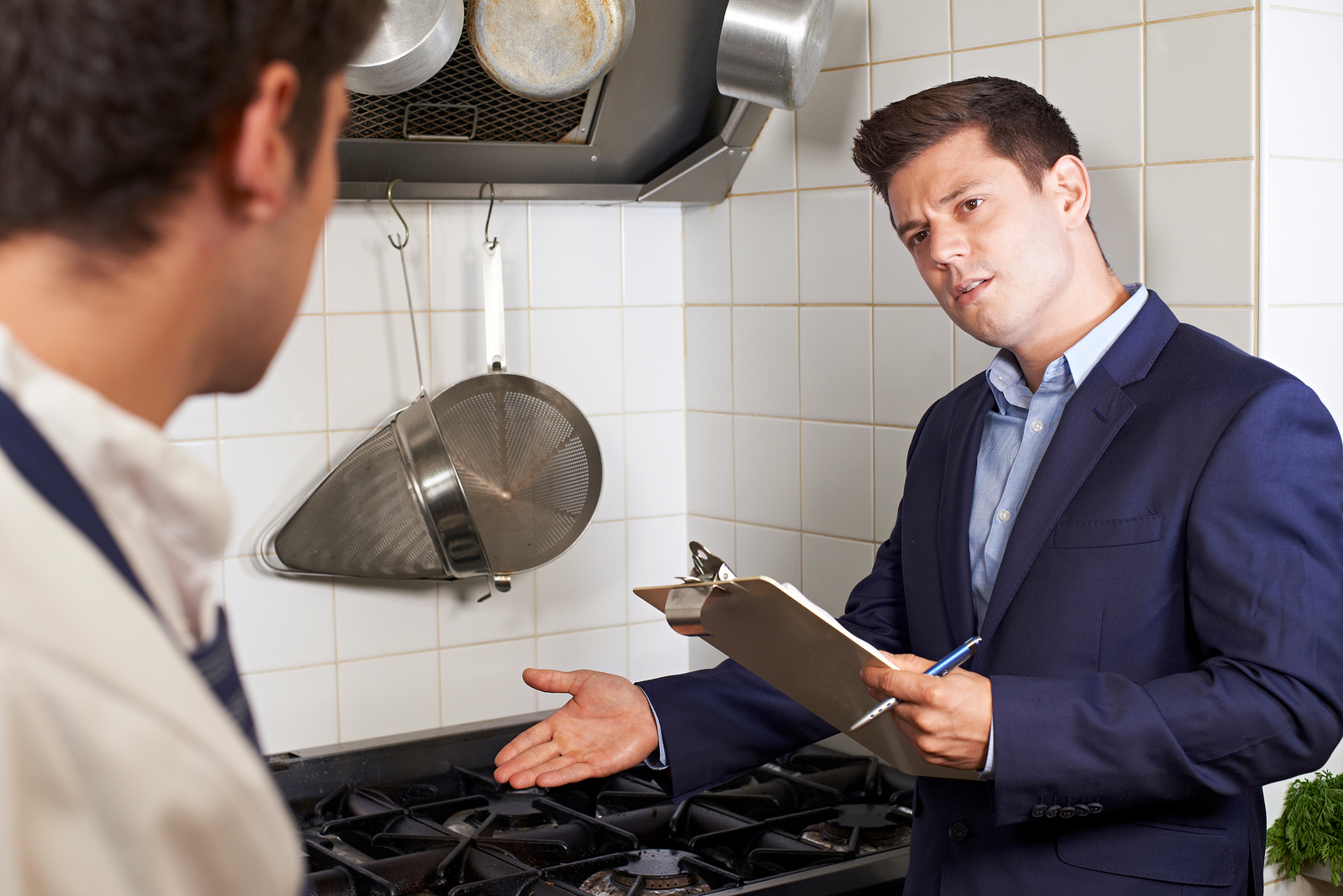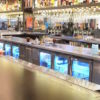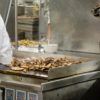Commercials kitchens are full of fire-causing variables. In fact, restaurant kitchens are most at risk for potential fires compared to any other commercial structure. According to a report from National Fire Protection Association, more than 7,400 structure fires occur annually in drinking and eating establishments. These fires are costly, resulting in more than $245 million in property damage annually.
As we recently saw in Dallas, Texas late last month, it only takes a single spark to set an entire restaurant aflame. To reduce fire risks, NFPA 96 requires that restaurant owners train commercial kitchen staff on how to properly operate fire suppression systems and fire extinguishers.
With fire hazards in every corner of a restaurant’s kitchen, teaching staff what to do if one occurs and how to spot them is also imperative. While fire can be unpredictable, understanding way to prevent them and having standard safety procedures will protect employees, customers and the restaurant from dangerous fires.
Implement a Fire Safety Plan
Create a set of standard safety procedures for staff to follow in case of an emergency, especially in the case of a fire. Make reviewing and understanding how to respond in a fire emergency a part of the onboarding process for any new employees. Additionally, hold a refresher meeting annually to keep staff knowledgeable and educated.
Always include in safety procedures the emergency routes staff should follow in the event of a fire. This includes emergency escape procedures with pre-assigned routes based on a staff members’ typical work location.
Clearly mark emergency exits and keep them well-lit so that employees and customers can easily evacuate the building. Designate a staff meeting location outside of the building, and always have a contact list for emergency services and all employees.
As part of the fire safety plan, train employees on proper fire extinguishing methods. As mandated by OSHA, employees who are designated the task of operating fire extinguishers and fire suppressions systems must receive step-by-step training.
It’s also a good practice to train all employees working in the restaurant proper training – including all front-of-house staff.
Understand Potential Fire Risks
Once staff has been trained on your business’ fire safety plan, discuss common commercial kitchen fire hazards and the steps to properly neutralize them.
Grease Fires
One of the most common causes of a kitchen fires is due to grease buildup in the kitchen exhaust system. In fact, nearly half of all fires in the NFPA report were first ignited by cooking materials such as grease.
Residue can quickly collect in the vent hood, ductwork, filters and containment systems causing a major kitchen fire. Having a qualified contractor regularly service equipment and clean the exhaust system is the best way to avoid these types of fires.
If a grease fire does occur, train staff to NEVER use water to put out the flames. Water does not suppress a grease fire and will cause it to spread.
Cooking Fires
According to the NFPA report, deep fryers caused 20 percent of reported fires during the timeframe of the study. Always keep deep fryers at least 16 inches away from open flame cooking equipment or install a vertical divider that is at least 8 inches above the highest point of the fryer. This will ensure that the fryer’s hot oils do not splash onto an open flame and ignite.
A high temperature-limited device should also be installed on the deep fryer. This will cause the fryer to automatically shut off if the oil temperature reaches 475 degrees Fahrenheit or higher.
Since deep fryers cook food using high-temperature vegetable oil, an potential fire can spread very easily. Always clean any grease splatters caused by the deep fryer immediately, and train employees operating the fryer how to work the fire suppression system.
If your commercial kitchen uses a charcoal or wood burning oven, remove the ashes daily to prevent a potential fire. Additionally, store the ashes in metal containers located at least 15 feet away from the building before properly disposing of them.
Poor Housekeeping Practices
If the back-of-the-house in a restaurant is dirty and cluttered, a fire can quickly spread. In addition to being a food safety hazard, the kitchen area, walkways and storage areas should always be kept clean.
Keep paper products and food away from cooking sources and heat, and take out the trash at least once per day, if not more. Additionally, safely store all flammable liquids to reduce your risk of a potential fire. Properly label chemicals and liquids in tightly-sealed containers and keep them far away from sources of heat.
Consider hiring a commercial kitchen cleaning contractor for a one-time deep cleaning or to set up a regularly scheduled maintenance schedule.
Electrical Fires
Worn equipment wires, faulty appliances, broken switch plates or old breaker boxes can cause an electrical fire in a commercial kitchen. Exposed wires can collect grease, dust and food particles, potentially causing a short circuit and fire.
While less than 10 percent of all fires in the NFPA report were caused by faulty wires, it was the second most-costly type of commercial restaurant fire with $34 million in damage caused annually. If an electrical fire does occur, kitchen staff should be familiar with using a nonwater-based fire extinguisher and keep it at least 20 feet from appliances.
Final Thoughts
In addition to establishing a fire safety plan and understanding potential fire risks, set up a process that empowers employees to recognize and report unsafe conditions. As a restaurant owner, it can be challenging to know every regulation and requirement for your commercial kitchen operation, and staff should be an additional set of eyes to spot any deficiencies.
Don’t let a fire ruin your restaurant’s success or put your employees in danger. With proper planning, training and maintenance, the risk of a commercial kitchen fire can be greatly reduced. Additionally, knowing the hazards to watch out for and how to prevent them from escalating into a major fire keeps restaurant staff and customers safe.




